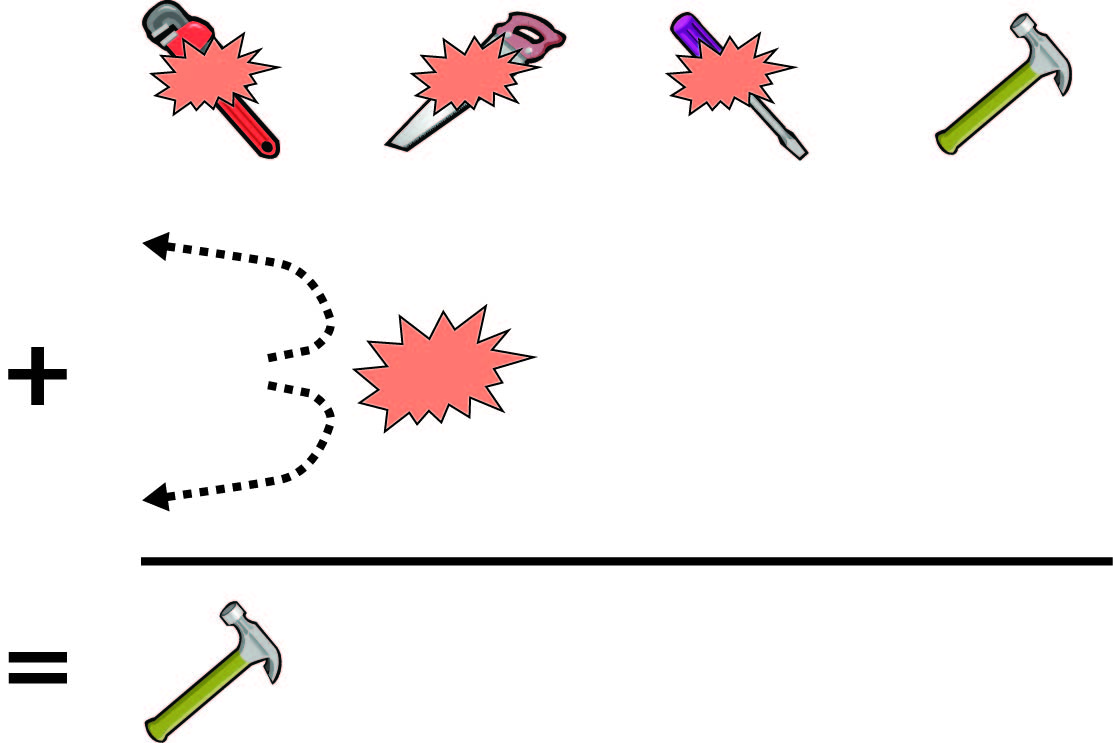Cost #3: Avoidance Disrupts Effective Behavior
No one likes feeling anxious. And no one enjoys worrying for hours on end. Yet the biggest cost of avoidance is not the way it keeps us anxious or maintains our symptoms.
The biggest cost of avoidance is how it impacts effectiveness.
Many people believe that anxiety affects performance. And excessive anxiety can, to a limited extent, disrupt performance in certain types of activities.
For example, it is hard to perform well as a flute player when anxiety makes our hands shake. Psychologists call this the Yerkes Dodson Law, which holds that performance is maximized when we experience moderate levels of anxiety. Too much or too little anxiety can interfere with particular tasks.
Much more often than not, however, it is the way we react to anxiety — not anxiety itself — that disrupts performance. Say a squirrel has a natural tendency to collect nuts from five locations. With this unrestricted routine, getting things done comes easy.
But what if the squirrel becomes anxious in three of these locations, and then starts avoiding them? In one fell swoop, over half its options are no longer options.
Think of this as a process of tool removal. Imagine we have four tools for handling our business: a wrench, saw, screwdriver, and hammer. Now suppose we feel anxious while using three of these tools and engage in avoidance. We lose 75% of our tools on account of avoiding a feeling!
This is just no good. It is tough enough to be effective when we have all our options. But when avoidance restricts our routine and steals the tools from our belt? It becomes quite hard to get things done in challenging situations.
Dylan M. Kollman, PhD
dkollman@realanxietysolutions.com








